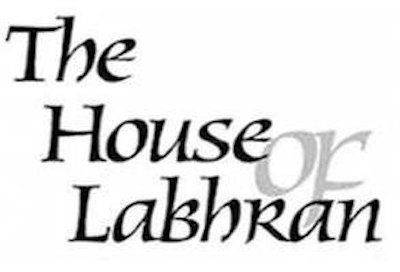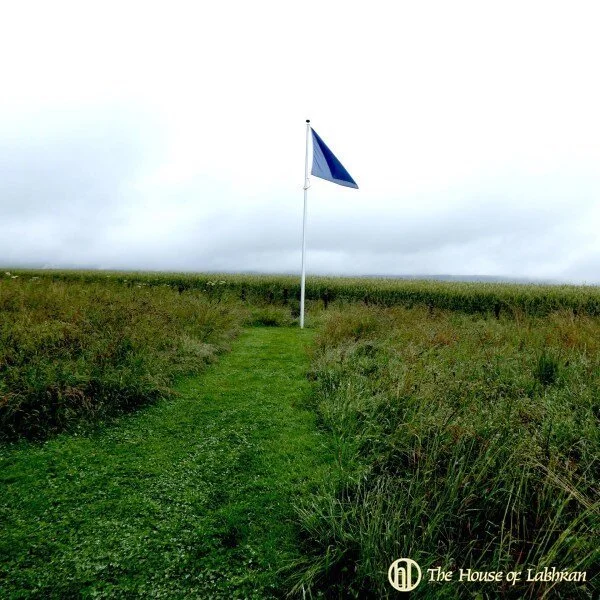'The Last Surviving Jacobite'. Peter Grant - Auld Dubrach
'The Last Surving Jacobite'. Peter Grant - Auld Dubrach by Colvin Smith, 1822
He wears wears a plaid in the Prince Charles Edward tartan and trews (with a sporran) in the Murray tartan.
The painting resides in The Scottish National Portrait Gallery - Edinburgh
Francis Farquarson of Monaltrie
Culloden Swords & Targes
The Jacobite line at Culloden
Culloden Memorial Cairn
In 1824 the last known survivor of the ’45 Jacobite rising died aged one hundred and ten.
Born in 1714, Peter Grant was the son of a crofter and grew up in his families croft at Dubrach on the Mar Lodge Estate, near Braemar.
When he was old enough, and had received a basic education, he became an apprentice to a weaver and tailor in the small village of Auchindryne.
Peter was only a baby during the 1715 Jacobite Rising. However, at the age of thirty one he was certainly ready at the start of the ’45 Rising when Prince Charles Edward Stuart raised the Jacobites again.
Peter took up arms under Francis Farquarson of Monaltrie who himself was under Lord Gordon. Francis was known as the Baron Ban for his blond good looks, he was said to be Deeside’s answer to Bonnie Prince Charlie.
Lord Gordon had a reputation for forcing highland crofters in his clan area to join the Jacobite army. Feudal occupation of crofts like Dubrach came with an obligation to fight when required to by the 'laird', termed as 'vassalage'. As part of the Jacobite army he saw various action. However, it was at Prestonpans that Peter was recognised for his bravery and he was raised to the rank of Sergeant-Major.
At Culloden Peter survived the battle but was captured by the Government and was taken prisoner. Initially he was held in Inverness before being transported south to Carlisle. Here he awaited sentencing, with many Jacobites were being sentenced to death, deported to the Americas, or died from the poor conditions of the prison.
Peter Grant though had other ideas and he found a way to escape the prison. He made his escape and with little money, clothing or support made his way north back into Scotland. Despite a price being on his head and Red Coats searching the countryside he managed to make his way back the Braemar area.
During his years in hiding Peter was never recaptured and as time went on he took up his trade as a tailor once again and the Braemar area. As he slowly returned to life back in the community he married a local woman Mary Cummings ( 1746 - 1811 ) in 1763. Mary was much younger than himself. It was said that Peter himself had made her christening gown.
Peter and Mary started a family with their first child John and then moved to Glen Lethnot in Angus as there was less Red Coat activity than the Braemar area where Peter was known as a Jacobite. Here more children followed with Peter, William, Jean and Annie, with another of unknown status. In later life Peter and his wife moved into a small cottage on his son John’s farm called Westside near Lethnot in Angus and it is here he sadly lost his wife in 1811 when she was 65. Mary was buried in Lethnot kirkyard.
After his wife’s death little is known about Peter for almost a decade. The story is told that two walkers George and William Smart, grain merchants from Montrose who met Auld Dubrach. He was over 100 years old at this time and they were fascinated by his stories of the 45’ and the Jacobites. The Smart’s started a petition and this was said to have been given to King George IV when he visited Edinburgh in 1822.
There is a story that says Peter was then presented to the King. When they met the King supposedly said ‘Ah, Grant, you are my oldest friend’ to which Peter replied ‘Na,na, your majesty, I’m your auldest enemy’. He was also said to have asked if he still felt loyal to the Stuart Cause, he replied, "Yes, Sir, and I would be ready to give my support again, if needs be".
The story is certainly a great tale but whether it is true or not is under debate. There are no clear records of Peter having met King George IV and it seems more likely that just the petition was delivered. Regardless of whether Peter met King George IV or not what is true is that King George IV awarded Peter with a generous pension of 50 guineas a year for life.
Auld Dubrach died in his son's home at Auchendryne near Braemar after a gruelling trip back over the hills from Lethnot on the 11 February 1824 aged 110 years.
His funeral was one of the largest the village had ever seen and was attended by some 300 people and three highland pipers played the Jacobite tune "Wha Widna Fecht Fer Charlie" as his funeral. It is said that roughly four gallons of whisky was consumed before the coffin was laid down to rest in the cemetery at Invercauld beside Braemar Castle.
A carved stone also stands in the kirkyard of Lethnot and Navar, commemorating Auld Dubrach, and the lives of his wife Mary and their daughter Annie, who never married. Annie had inherited her father's pension of a guinea a week from King George IV in 1822 and she had dutifully cared for Peter in later life.
A stone tablet was erected at his grave site in Braemar which was inscribed with the words ‘The old, loyal Jacobite was at peace. he had kept faith with those whom he thought were his rightful Monarchs all of his life, a hero and a man of honour to the last.’
Colvin Smith RSA (1795 – 21 July 1875) was a Scottish portraitist.
He was born at Brechin, in Angus, the son of John Smith, a merchant, and his wife, Cecilia Gillies.
He studied art in London at the Royal Academy Schools and worked in Joseph Nollekens's studio. He then proceeded work in Italy, where he executed some fine copies after Titian; and at Antwerp he made studies after the works of Rubens.
Returning to Scotland in 1827, he settled in Edinburgh, occupying the house and studio which had formerly belonged to the Scottish painter Sir Henry Raeburn at 32 York Place. Soon he attained a wide practice as a portrait-painter, and among his sitters were Lord Jeffrey, Henry Mackenzie, author of The Man of Feeling, and many of the most celebrated Scotsmen of the time.
His portrait of Sir Walter Scott was so popular that he executed some twenty replicas of it, for seven of which he received fresh sittings.
He died in Edinburgh on 21 July 1875. He is buried with his parents in the churchyard of Brechin Cathedral. The grave lies south of the round tower.






